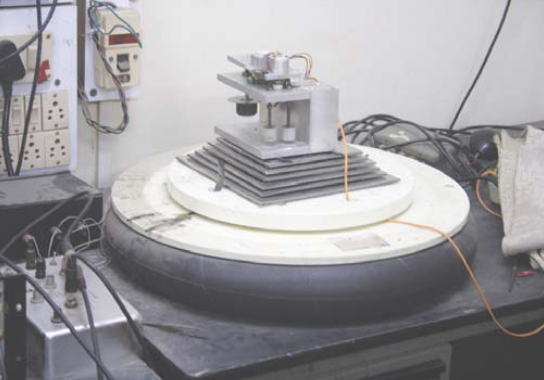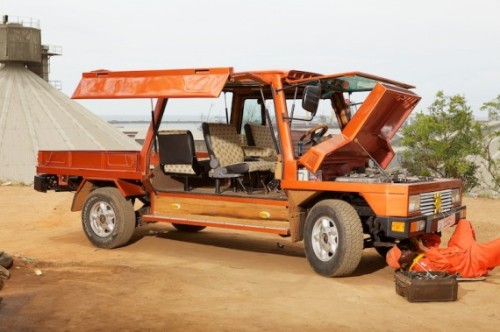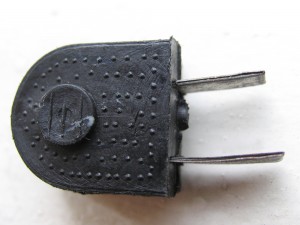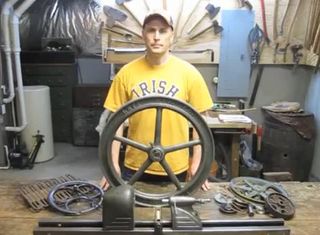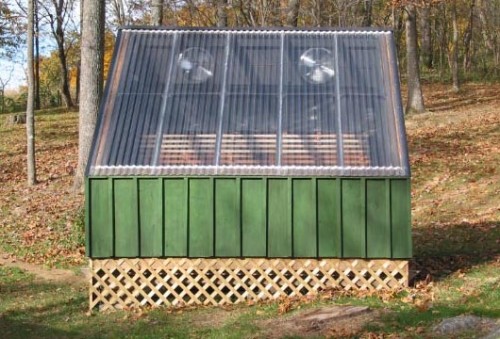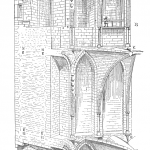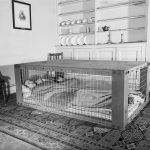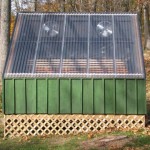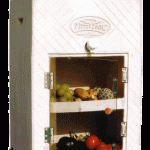Pankaj Sekhsaria investigates the culture of innovation in nanotechnology laboratories in India. He found the very first Indian Scanning Tunneling Microscope (STM), which was built in 1988, only seven years after the first one, for which the inventors were awarded a 1986 Nobel Prize. Sekhsaria shows how the making of this first Indian STM can be seen as a succesful application of what he calles “technological jugaad”.
Jugaad is an Indian word that does not have an easy equivalent in English, although “tinkering” and “bricolage” come close: it means reconfiguring materialities to overcome obstacles and find solutions; it can also mean working the system to one’s advantage and thus sometimes has negative connotations related to gambling and corruption.
A table-top STM placed on the inflated tube of a car tyre that acts as a vibration isolating device. Picture by Pankaj Sekhsaria.
Sekhsaria traces the history of this technology and describes how “discarded refrigerators, stepper motors from junked computers, tubes from car tyres, bungee cords, Viton rubber tubing, weights from the grocers’ shop, aluminum vessels generally used in the kicthen and bobbins from sewing machines were only some of the components that went into the making of the first prototype and the other probe microscopes that followed”.
It is important to emphasize that there is nothing second-rate about this STM and the research it allowed. The research group has published its findings with STM in top-tier, international journals, and the doctoral graduates involved found postdoc positions in the most prestigious laboratories in both Europe and the United States. Pankaj Sekhsaria highlighted that while these Indian nanoscientists followed their own very “Indian” style of working around scarce resources, still they were able to produce superb, internationally recognized research.
Quoted from: “Good fortune, Mirrors, and Kisses”, Wiebe E. Bijker, in Technology and Culture, Volume 54, Number 3, July 2013. Pankaj Sekhsaria’s research paper is online and well worth a read: “The making of an indigenous scanning tunneling microscope“, in Current Science, Volume 104, Number 9, 10 May 2013.
Related articles:
